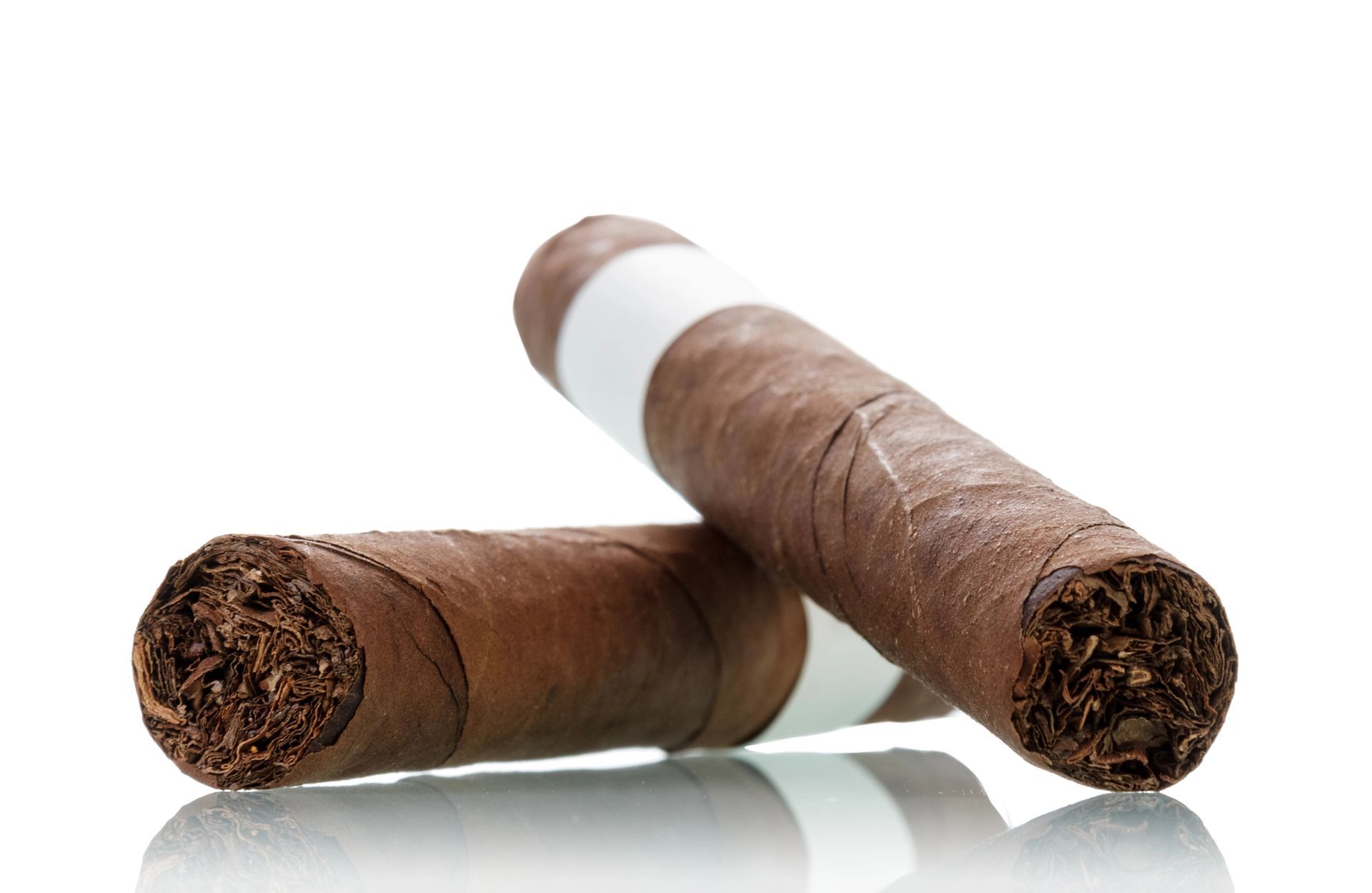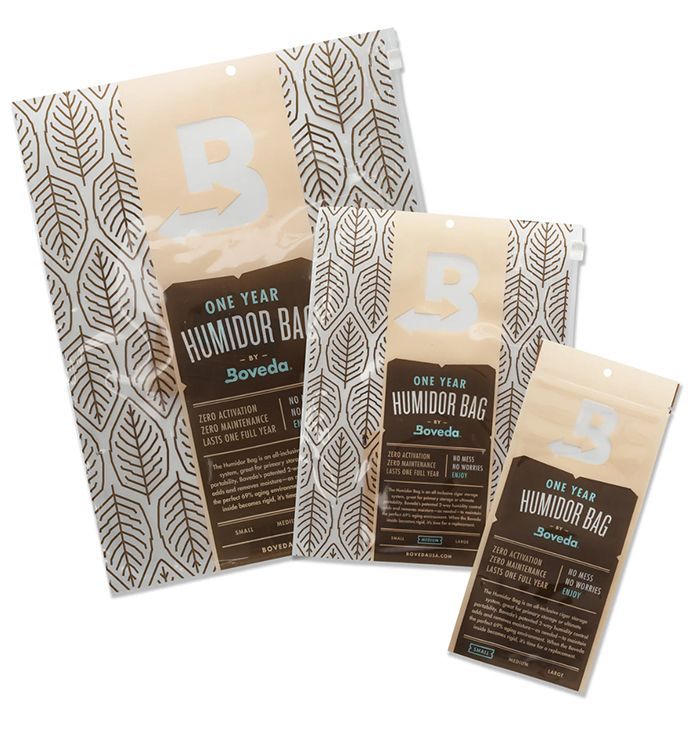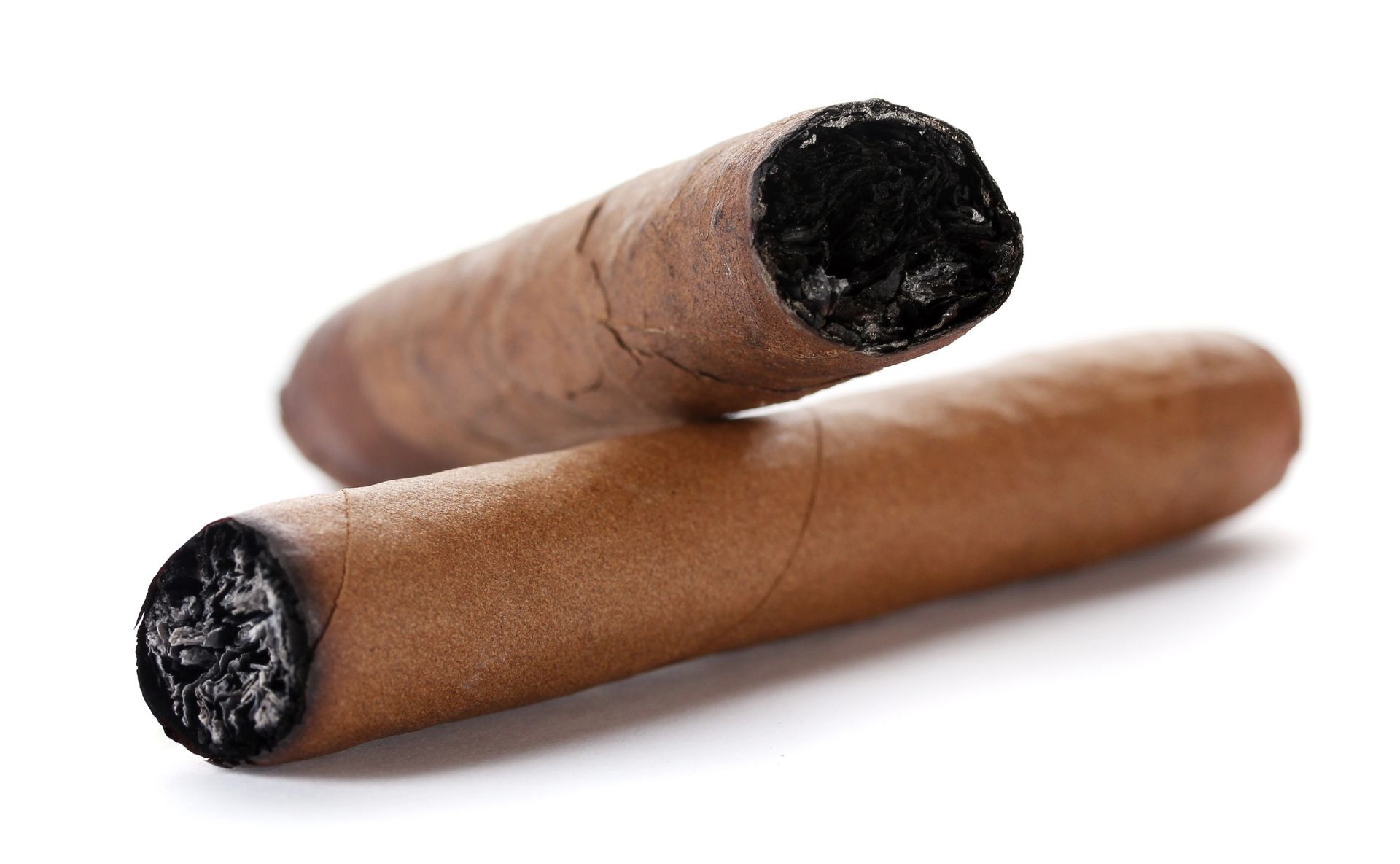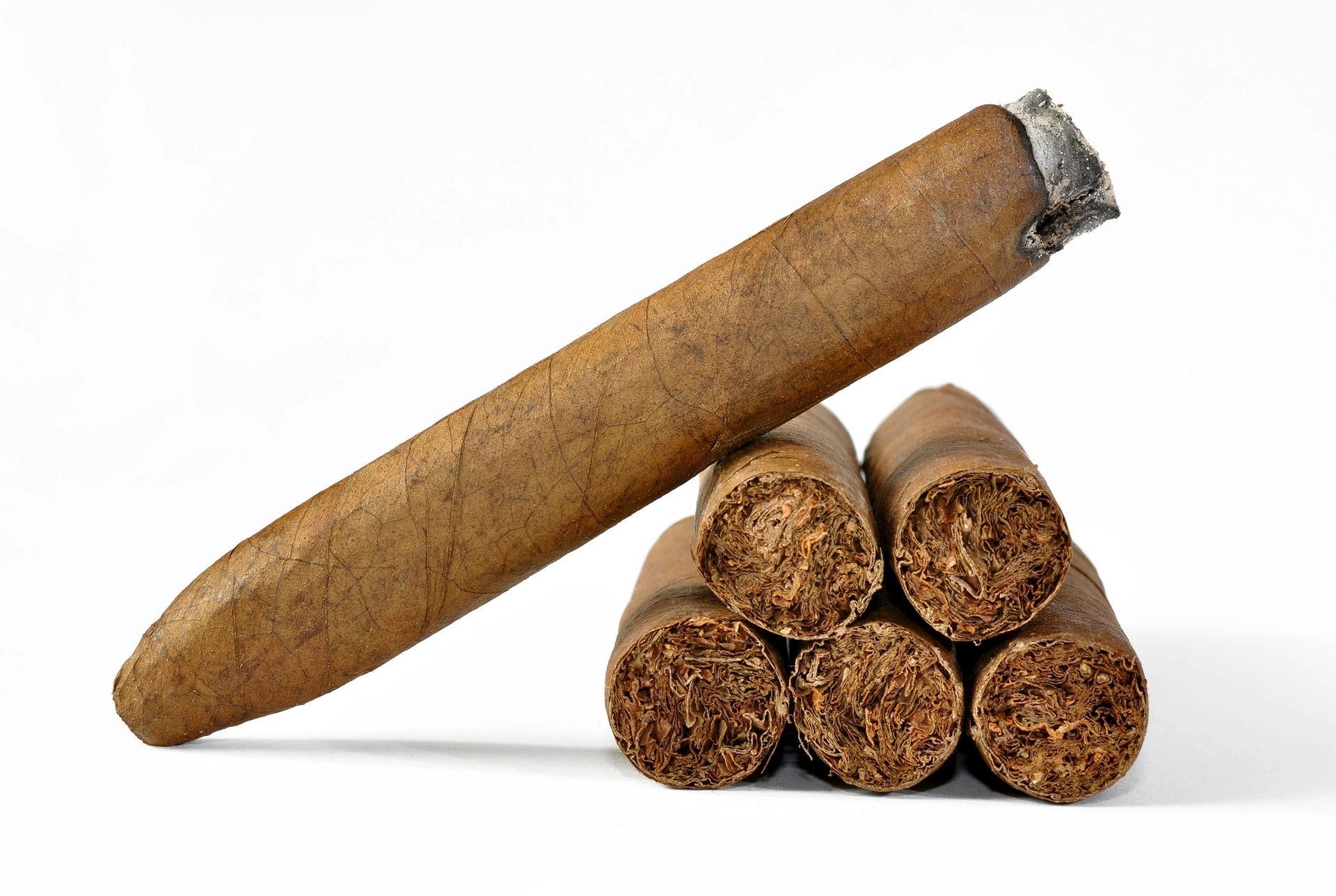Birdies 2 Bogies
Birdies 2 Bogies provides high-quality premium cigars hand-rolled from plantation and factory located in Jalapa, Nicaragua.
Known for its legendary cigar making traditions with the use of a well balanced mix of selected varities of Cuban Pilot, Dominican, and Nicaraguan Ligero with a perfect combination of Cuban seeded tobacco leaves from Ecudor, Nicaragua, Honduras, Dominican Republic, and Brazil.
The aging process of these tobacco blends produces the complex aromas that mingle with the finest and impeccable wrappers.
BESTSELLERS
Choose your chill.
OUR MISSION:
Cigars, Golf Style
Frequently Asked Questions:
How Should Cigars Be Stored?
Proper storage is critical for maintaining a cigar’s freshness, flavor, and moisture. A humidor is the best option because it controls both temperature and humidity.
Temperature: Keep the humidor at around 70-72 F (21-22 C).
Humidity: Maintain a relative humidity level of 65-70%.
Cellophane: The cellophane wrapper can be left on for added protection when traveling or if cigars are smoked quickly. Removing the cellophane can help cigars age more evenly for long-term aging in a stable humidor.
How Do I Choose The Right Cigar?
The right cigar depends on personal preference and experience level.
Strength:
Choose a mild, medium, or full-bodied cigar. Mild cigars with gentle flavors like cedar, nuts, and toast are often preferred by beginners.
Wrapper Type:
The wrapper leaf significantly influences the flavor.
Common types include:
Connecticut: Mild and smooth.
Habano: Spicy and bold.
Maduro: Rich and dark
What Is The Proper Way To Cut And Light A Cigar?
Cutting:
Use a proper cigar cutter, such as a guillotine, and make a clean, straight cut across the cap. This removes the closed, rounded end, creating an opening to draw the smoke through.
Lighting:
Use a torch lighter with odorless butane or a wooden match to avoid imparting unwanted flavors.
Rotate the cigar and gently toast the foot (the end you light) until it glows evenly.
What Is Plume?
Plume (or bloom):
This is a natural, whitish, powdery substance that can appear on a cigar. It’s caused by the tobacco’s natural oils rising to the surface and is not a sign of a bad cigar. It can be easily dusted off before smoking.
What Are Cigar Beetles?
Cigar Beetles:
These are a far more serious problem. Small, round holes in your cigar are a sign of beetles, which can quickly spread and destroy your entire stock. If beetles are found, freeze the cigars for several days to kill the larvae, then gradually bring them back to normal humidity.
How Far Down Should a Cigar Be Smoked?
There is no “rule” for when a cigar is finished; the best answer is to stop whenever it is no longer being enjoyed. As a cigar burns, it gets hotter, and tars and moisture build up, which can affect the flavor. Most experienced smokers tend to finish when about half to two-thirds of the cigar has been smoked to avoid a harsh or hot taste.
Business Info





